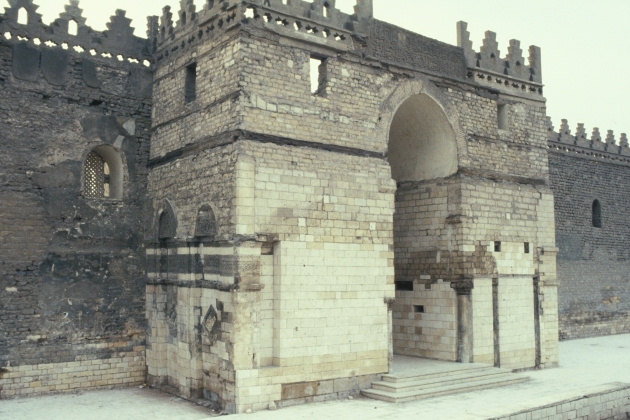
Figure 3. Main entrance, to south.
Table of Contents
The frieze of the main entrance block and the palmette frieze of the northern minaret are composed similarly in some ways.
The main entrance is a block projecting from the center of the northwest exterior wall. It is about 15.5 m. wide, over 6 m. deep, and originally was about 13 m. high to the top of the parapet.24 My impression is that its finely finished stonework is a shallow facing; if so it would have been easier to execute all the carving of the ornament on the ground before it was put in place, rather than carving it in place.
The main entrance was articulated with shallow arched niches at least on the sides, with a decorated register 1.60 m. high25 possibly running around the entire block, fictively supporting the pointed heads of the shallow niches. Creswell thought that part of the decoration of the spandrel zone survived low down on the extreme southeast end of the northeast side, and perhaps there is a bit of carving at the top of the upper of the two battered stones that project beyond the border of the niche head.26 The decorated register is composed of sets of differently decorated and profiled projecting moldings above and below a band that is separated from them by flat undecorated space. This band is composed of a foliate border and a fillet grooved down the middle, which wrap around a frieze about half the height of the ensemble (I am using “frieze” to refer only to this band, not the ensemble including its borders or the larger decorated register).
[Link: Main entrance, to southwest, Creswell Archive, negative EA.CA.3102.]
 Figure 3. Main entrance, to south. |
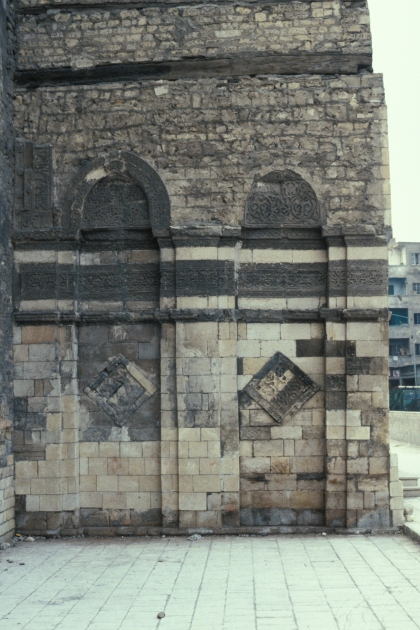 Figure 4. Main entrance, to southwest. |
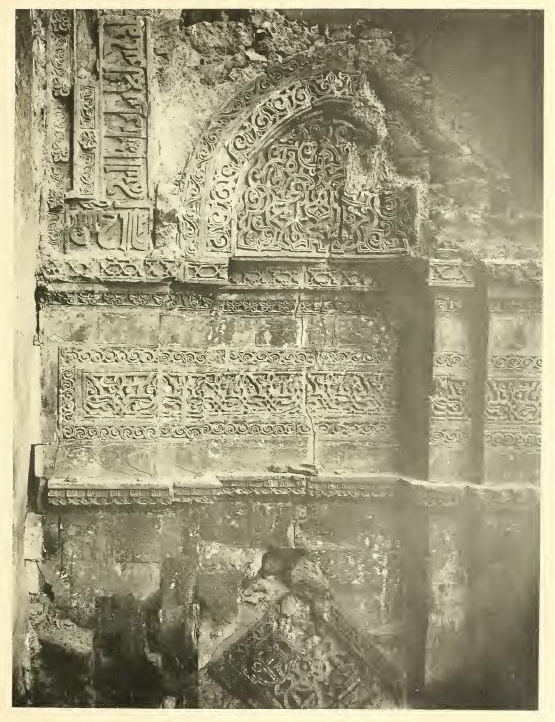 Figure 5. Main entrance, to southwest; Flury, Ornamente, pl. 19. |
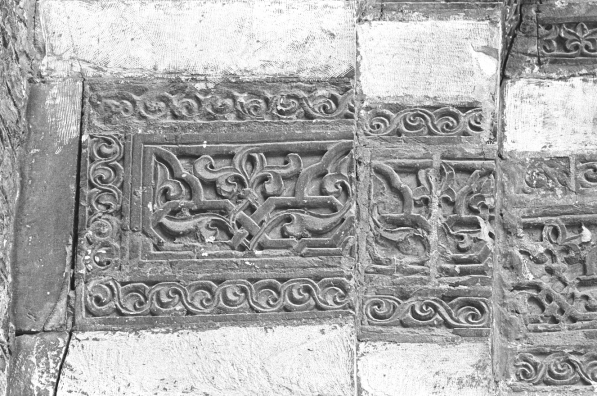 Figure 6. Main entrance, northeast side, frieze, southeast end. |
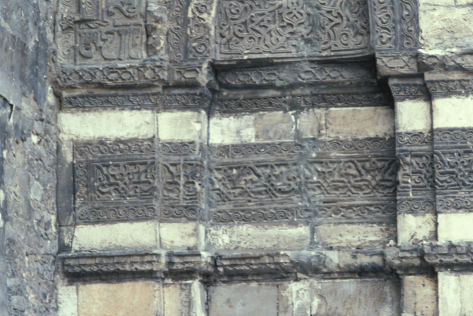 Figure 7. Main entrance, northeast side, southeast end. |
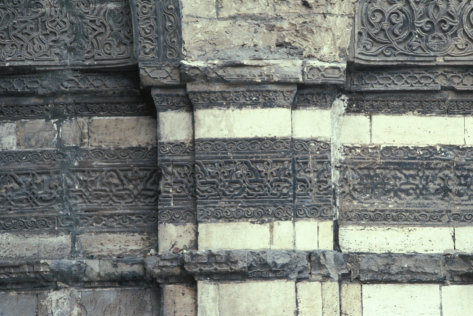 Figure 8. Main entrance, northeast side, center. |
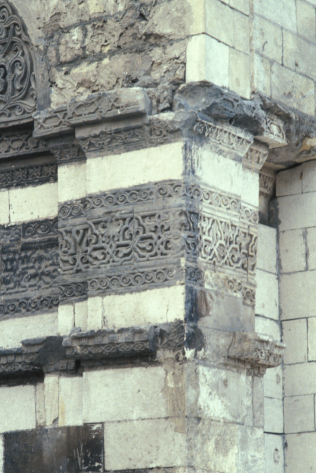 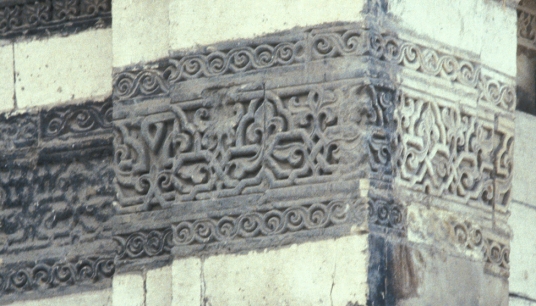
Figure 9. Main entrance, northeast side, northwest end. |
[Link: Main entrance, frieze section in passage, Creswell Archive, negative EA.CA.3108.]
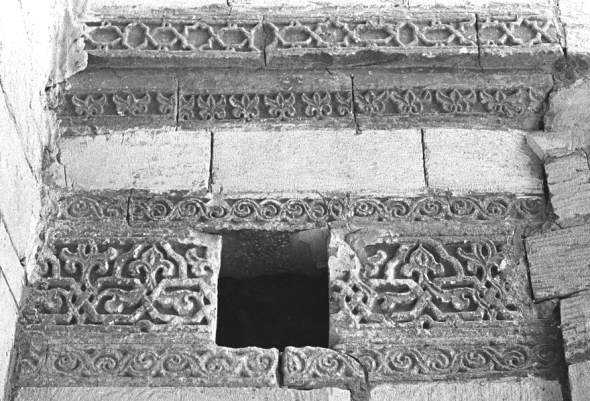 Figure 10. Main entrance, frieze section in passage. |
Only parts of the main entrance frieze survive, mostly in poor condition. The frieze consists of a set of flat bands, eased at the sides, that intertwine to form lozenge-shaped compartments (“lozenges” for short) in the bottom register of the band, half its height, and cusped compartments in the upper register. Split palmettes grow from stems that spring from the lowermost segments of convex band and rise into the spaces between the cusped compartments, which are filled with trilobed leaves (or very simple palmettes).
Creswell described the frieze as an “arabesque worked, so to speak, into the skeleton of a Classical entablature”.27 I think the combination of two different sets of patterns in horizontal moldings, above and below the frieze, is largely responsible for the impression of classicism Creswell entertained: the composition is layered from bottom to top, even if it is not much like an entablature in detail. However, Creswell's observation is insightful and directs attention to the unusual combination of architectonic elements in the main entrance's ornament. (Flury, who considered it only at the end of his study, called the composition an Arabeskenfries, without attempting to characterize it in its decorative context.)28
It is difficult to find parallels for the use of a frieze or entablature running continuously beneath a blind arcade. In early Islamic architecture the tie-beams of the octagonal arcade of the Dome of the Rock stand in the same relationship to the arches above, but this is hardly a prototype for the al-Ḥākim frieze. The interior decoration of the west entrance of the Dome of the Rock features a decorated lintel, extended to either side, beneath a decorated arch containing a stone grille, but there is no arcade and the lintel is not articulated as an entablature.29 In the Mosque of al-Azhar the interior of the northeast wall of the prayer hall is decorated in stucco with a series of blind arches, interrupted by the intersections of the arcades with the wall, beneath which runs a continuous band of foliate ornament with an inscription beneath,30 but this is not an entablature. String-courses or moldings running continuously beneath a series of arches are not uncommon in North Syrian pre-Islamic architecture, but these are precisely not entablatures. In the Early Christian prototypes of these North Syrian buildings the combination of frieze and arcade does appear, in church interiors.31 This composition would have been widely distributed in Late Antiquity. If the use of the frieze under niche heads (rather than windows) on the exterior of the main entrance of al-Ḥākim is not an original design, it would seem we lack its direct prototype.
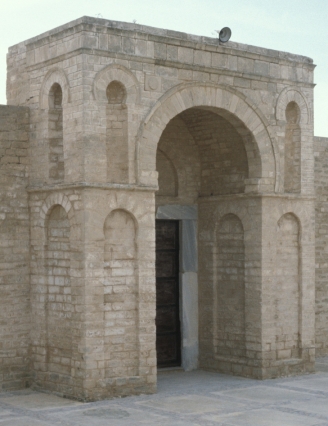 Figure 11. Mahdīyah, Great Mosque, portal. |
Perhaps the prototype or prototypes of the overall form of the main entrance, such as that of the Great Mosque of Mahdīyah, were similarly decorated in now-lost stucco or even paint.32
The main entrance frieze descends ultimately from the Antique lotus and palmette border: the split palmettes correspond to the lotus and the trilobed leaves correspond to the palmette. To cite only examples from Islamic art, forerunners may be found in the borders on one of the bronze coverings of the tie-beams of the octagonal arcade of the Dome of the Rock33 and on the outer edge of the niche head of the marble mihrab found in the Mosque of al-Khāṣṣakī in Baghdad, attributed to the early to mid-ninth century and Northern Syria.34
Stems looping over the tops of the foliate elements occur in another of the bronze coverings of the tie-beams of the octagonal arcade of the Dome of the Rock.35
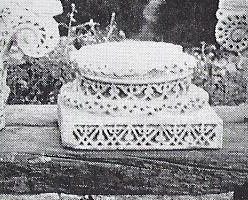 Figure 12. Column base, Madīnah al-Zahrā'; Velázquez Bosco, Medina Azzahra y Alamiriya, pl. 25, below, third from left. |
In a column base from Madīnah al-Zahrā' first published by Ricardo Velázquez Bosco a zigzag is introduced to the lotus and palmette composition.36 According to his account he excavated it and other related elements (rather than having found it already excavated on or near the site), but he does not mention where.
The lotus and palmette border occurs at Samarra in both wood and stucco, and Ernst Herzfeld published drawings of carved stonework in a secondary location in a mihrab in the Jāmiʿ al-ʿUmarīyah in Mosul, which he dated to the Samarra period apparently on stylistic grounds, as comparative material (below, left).37 Another example from Samarra (below, right) is suggestive, as it shows a lotus and palmette border above an intertwined one, which is the same relationship that the palmettes of the middle zone of the main entrance frieze have to the interlacing bands that form lozenges (except that the two border designs are connected and the interlacings are more complex, as shown below).38
There are several kinds of interlacing in the frieze, and none is consistently executed: there are both mirror reflections (symmetries of reflection) of elements that seem wrong and outright errors. Too little of the frieze has survived in good condition to be certain that the reflections are not deliberate, but as there is no symmetry of reflection in the overall composition of the frieze I believe they must be artifacts of the process of execution rather than intentional subtleties. I describe the design as I think it was intended, noting irregularities as such.
The geometric framework of the frieze is unconventional in several ways. A pair of intertwined bands forming a series of lozenges is conventional, but these bands also intertwine at the bottom in a subregister the height of two bands, and branch off into lobed sections at the top that run left or right to their origins at the tops of the split palmettes.
It is convenient to analyze this design in stages, starting with the lower register.
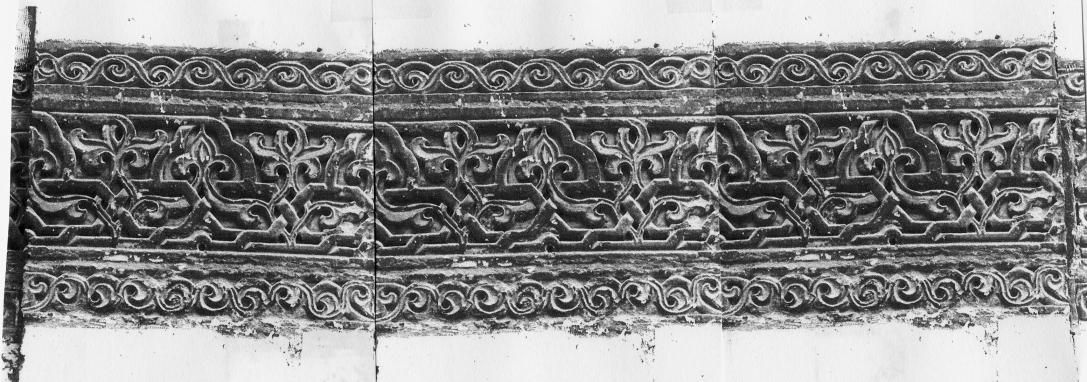 Figure 15. Main entrance, northeast side, center section of the frieze, composite extension. |
I have taken a photograph of the center portion of the frieze on the northeast exterior of the main entrance, which is in good condition, and tripled it in the illustration above to show a reasonable length of the design. (This manipulation creates apparent anomalies in the borders of the frieze that should be ignored.) I have converted this image from positive to negative (which results in the loss of some detail; consult Figure 1 as needed) and, using an arbitrary choice of colors, colored in the bands in the lower register, where they interlace to form lozenges, ignoring for the moment the upper register with its lobed sections. The result, below, shows that that there are not two but three bands in the lower register. (This is not an artifact of tripling the center portion of the frieze, as the existence of three bands can be seen in the center portion alone.)
 Figure 16. Composite extension of frieze as is, in the negative, colored. |
There is what I think is an outright error in the way the bands are arranged. In the section that I chose to triple the upper band of the lozenge second from right passes over each of the other bands, but for regularity it should pass over one and under another. I believe the error is at the point circled in red in the illustration below, where (reading right to left) the descending band should pass over, not under, the ascending band; that would make the whole pattern an intertwining one with an S-twist, of three (flattened) lefthanded helices. It may be that the error is at the left side of the lozenge second from right, where the descending band should pass under, not over the ascending one. I believe that arrangement would make the set of three bands a braid, each strand passing over one of the others and under the next. As a braid requires at least three strands, the braid solution could be an explanation of why there are three bands in this design. In any event, there should not be two consecutive overcrossings.39
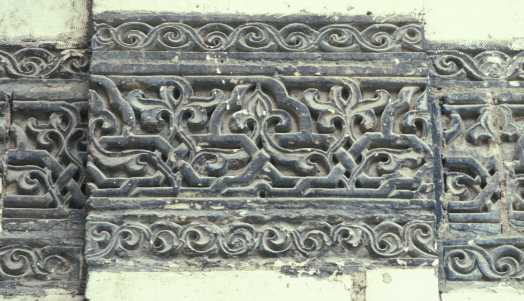 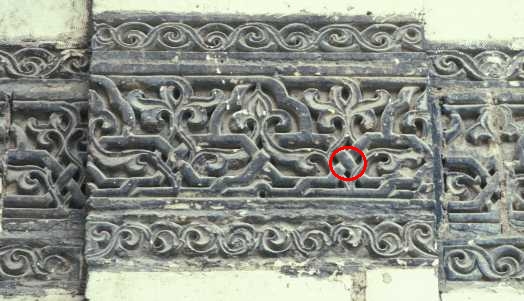
Figure 17. Frieze with and without error highlighted. |
The modern designer of the corresponding ornament on the reconstructed southwest face also chose my solution.40
The figure below shows the composite photograph, in the negative, colored correctly (if the pattern was meant to be an intertwining one rather than a braid).
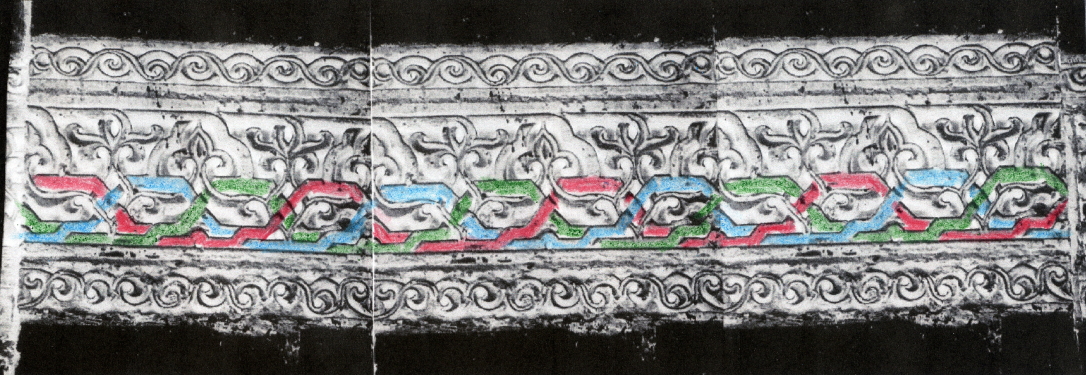 Figure 18. Composite extension of frieze, colored correctly. |
In the correctly colored frieze, still ignoring the upper register, each band (again right to left) rises from the bottom edge of the frieze, beneath a band descending to the bottom edge, to form the left part of the bottom segment of a lozenge. It then turns up at an angle as the lower part of the left side of that lozenge and crosses under a different descending band to form the upper part of the right side of the next lozenge. It then turns at an angle to form the top of this lozenge and the top part of its left side, descending over an ascending band to form the bottom part of the right side of the next lozenge. It then turns at an angle to form the right part of the bottom of this lozenge, and finally turns at an angle to cross a band ascending from from the bottom edge of the frieze, completing its cycle by turning at an angle to become the bottommost band for the width of a lozenge. The bands are in the same relative position every three lozenges. An added complication is that the part of the bottommost band below each trilobed palmette makes a small detour in the form of a semicircle to fill the space between the lower parts of the lozenges above—a space otherwise occupied by the stem of a split palmette. This complication doubles the length of the cycle to six lozenges before the bands are in the same relative position under the same foliate element, although it is not clear that that is significant.
The upper register presents a strange complication. The split palmettes not only arise from the bands but also sprout sections of them, which connect to the lower register lozenges. Including the foliage, everything connects to everything else.
Split palmettes sprouting overcrossing stems from their tips occur at in the Great Mosque of Cordoba, in the pseudovoussoirs of one of the doorways from the addition of al-Ḥakam II, and also at Madīnah al-Zahrā' in the Dār al-Mulk but not the earlier Salon Rico. But they may not be uniquely Spanish at that date, as a carved wooden panel from Qalʿah Jaʿbar, loosely dated to the ninth or tenth century, has split palmettes sprouting overcrossing stems.41
From a band lying on the bottom edge of the frieze a stem arises and immediately splits in two. The two stems thus produced rise into the lozenges to either side and both split again, producing what I shall call a pair of inner and a pair of outer stems. The outer two stems fill their lozenges and rise to join in the trilobed leaves in the upper register of the frieze. The inner two stems rise just into the upper register and then join to form the split palmettes. These pairs of inner stems cross over and under the other two bands, in two ways. In the left of the two split palmettes in the central section the left branch crosses over then under and the right branch under then over. This arrangement occurs in the adjacent split palmette in the niche to the left (see Figure 17) and elsewhere. In the case of the right split palmette of the central section the left branch crosses under then over and the right branch over then under, and this arrangement occurs in the adjacent split palmette in the niche to the right and elsewhere (see Figure 9). I do not see a pattern to the occurrences of these two arrangements, which have symmetry of reflection with respect to each other. As for the outer stems, in some cases the left outer stem passes over a band and the right one under, in other cases the reverse.
Except at the left end of the frieze (Figure 6), the left tip of each split palmette crosses under the right tip, apparently sprouting a straight section of band that runs to the right along the top of the frieze to descend in two lobes to join one of the bands at the center of the top of the lozenge two to the right of the split palmette from which it originates. The band joined by the doubly lobed band is the same one that the split palmette arises from. The right tip of that same split palmette passes over the left tip to sprout another straight section that runs to the left to cross under another band and descend in two lobes to join the same band at the center of the top of the lozenge two to the left. As can be seen in Figure 19, if one ignores the foliage and considers only the bands, the result is topologically equivalent to a series of circles linked by line segments. This is not an elaboration of any previously known pattern.
The topology of the full design is more complex, for each of the trilobed leaves is formed from the union of outer stems growing from two different bands. This effect results from the different rhythms of the lozenges (threefold or sixfold) and the palmettes (twofold). In the illustration below I have colored the trilobed leaves yellow as if golden, although I am not suggesting any original color scheme, to emphasize that they cannot be considered as belonging to any single combination of band and split palmettes (the combinations being the elements I have colored either red, green, or blue). There are three sets of combinations of outer stems; in the illustration below these are, moving from right to left, red on the right and blue on the left, blue/green, and green/red, reflecting the fixed order of the three bands.
Considering the foliage as well as the bands, the overall topology may be expressed simply by saying that every element of the design is connected directly or indirectly with every other element. There is no overall intertwining or interlacing, despite the local intertwinings.
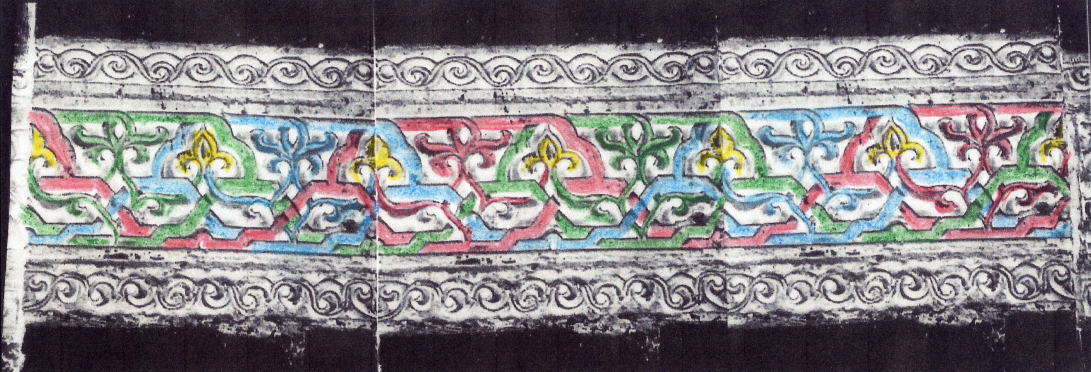 Figure 19. Composite extension of frieze, colored correctly, complete. |
The main entrance frieze is a repeated pattern, the shortest intelligible unit of which is the lozenge. This pattern had to be fitted onto a set of surfaces of a variety of widths. To deal with the northeast side of the entrance alone, working from the deepest surfaces to those on the outermost faces, these were: the backs of the flat niches; their sides, perpendicular to the northeast face; the short sections beneath the framing arches of the niche heads, parallel to the northeast face; the very short sections on either side of those, perpendicular to the northeast face; and the sections between and on either side of the niches, of which I have used the center section above for analysis. A photograph taken at a useful angle, kindly provided me by Prof. Bernard O'Kane, helps establish that these sections were, in order, about eight, one and a half, one half, and four lozenges wide.
It does not appear to me that the setbacks of the entrance, which determine these dimensions, were planned with the frieze pattern in mind, so it could not be easily wrapped around the corners of the structure. There are various signs that the pattern was adjusted to the structure, although an attempt was made to make the vertical center axes of the cusped compartments fall at the corners.
The joining of the pattern across masonry joints may have been changed a bit if the stones were reset after the earthquake of the early fourteenth century. But the pattern itself was executed irregularly. From right to left: the lozenges on the section beginning at the west corner appear squeezed (Figure 9; note also that they vary in height from one stone to the next); on the short section next to the left, parallel to the northeast face, what should be a split palmette is simply a pointed loop of band depending from the top edge (a misunderstanding of the split palmette?); on the corresponding surface to the left of the western niche a trilobed leaf stands in for the expected split palmette; in the central section the outer corners of the outer lozenges are cut off; on the next section parallel to the northeast face the split palmette appears but there is one complete lozenge instead of the two half-lozenges on the two corresponding surfaces to the right; in the back of the left flat niche the leftmost lozenge is cropped; and so far as I can tell, the pattern has been butchered in all the shortest surfaces perpendicular to the northeast face. Finally, the left end of the northeast side of the frieze had to be adjusted to account for the width of the border (Figure 6). There are also similar irregularities in the other ornament, including the frieze border, which I shall deal with later.
It appears, then, that the pattern and perhaps the setbacks in the faces of the entrance were developed with some regard for each other, but that no exact correspondence in all details was attempted.
The salient characteristics of the main entrance frieze are:
The design is derived from Antique border designs.
The design is composed of both flat bands and grooved stems and foliage.
There are two registers of equal height.
Two different foliate motifs alternate on equally spaced vertical axes.
Bands loop over the top of foliate elements.
There are several apparent intertwinings, but they are executed with inconsistencies.
The foliage grows from or into the nonfoliate bands.
Three bands (rather than two or four) interlace, but via the foliage they also join, so that overall all elements are connected directly or indirectly with each other.
The design of the frieze has been adjusted and in places force-fitted to the available surfaces.
The use of a frieze in the scheme of articulation of the main entrance is unusual and its direct antecendents unclear.
[Link: Northern minaret, cylindrical section, sixth register, palmette frieze, Creswell Archive, negative EA.CA.3127; see also Creswell, Muslim Architecture of Egypt, v. 1, fig. 25, b.]
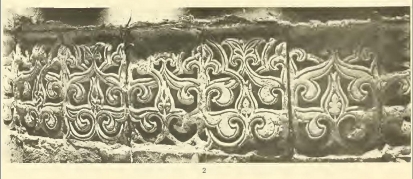 Figure 20. Northern minaret, cylindrical section, sixth register, palmette frieze; Flury, Ornamente, pl. 20, 2. |
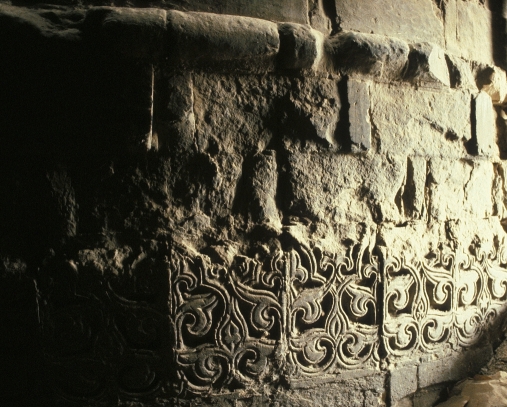 Figure 21. Another view. |
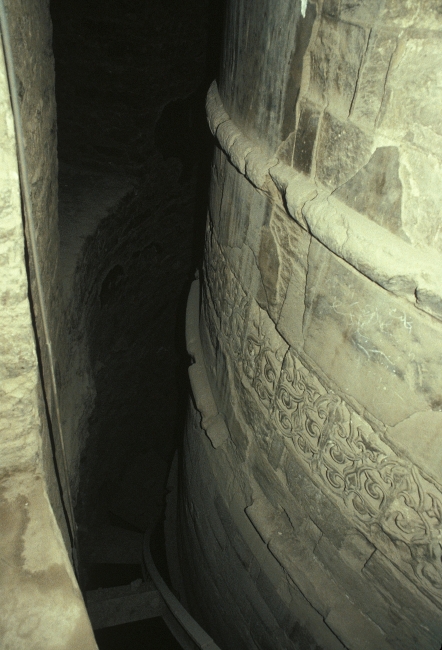 Figure 22. Plunging view. |
In the sixth register of the cylindrical section of the northern minaret is a tall frieze of palmettes and palmette-flowers, 53 cm. high.42 It is composed of slabs of equal width, and the design is coördinated with the width of the slabs so that each slab contains a palmette-flower in the center and half of a trefoil palmette at each side; the vertical axes of these two elements alternate at equal distances from each other.
The design is arranged in three registers of equal height. It is probably easiest to start a description of it with the construction of the foliage below the trefoil palmettes in the top register. Each of these palmettes grows from a stalk rising from twin stems that loop together to form a stalk in the bottom register. (Because these stems meet along the joints between slabs it is difficult be sure whether they actually join; for the purpose of discussion I assume that they do.) In the middle register, on each side the stalk sprouts a leaf with a curled lobe and a pointed one. The pointed lobes join with the corresponding adjacent forms to give rise to the palmette-flowers in the top register. Like the main entrance frieze, this design of alternating foliate elements descends from the Antique lotus and palmette border design.
At the point where the twin stems of the trefoil palmettes loop together at the bottom each stem also branches out in a semicircular curve to join the corresponding adjacent stem at the vertical axis of one of the palmette-flowers.
These conjoined stems sprout leaves with curled and pointed lobes at the top of the lowest register; these leaves touch but do not join with the corresponding adjacent leaves. At the point where these leaves diverge from the stem it bifurcates, enclosing a small leaf motif, usually trefoil but somewhat varied. The stems curve back toward each other and either join before diverging or cross over each other (Creswell, Muslim Architecture of Egypt, v. 1, fig. 25, b, second full slab from left, also visible in Figure 22; in this slab the two stems are circled by a ring where they join in the lowest register). In either case the stems continue as geometrized cusped curves to join their corresponding adjacent stems over the top of the trefoil palmettes, rising into the horizontal band at the top of the palmette frieze, where they seem to stand in front of that band, while the design sits on top of the corresponding band at the bottom. Taking only the two top registers, these stems form a row of horseshoe lambrequin arches.
The interlacing elements of the design do not interlace consistently. In Figure 20, taking the lobed leaves from which the palmette-flowers grow, and noting their crossings of the geometrized stems looping over the trilobed palmettes, from right to left (omitting the rightmost leaf), they pass over, over, over, under, over, under, over, over, under, and over the stems growing from the trilobed palmettes.
The salient characteristics of the palmette frieze are:
The frieze is composed of slabs of equal width.
Two different foliate motifs alternate on equally spaced axes, which are aligned with the centers and the joints of the slabs.
This alternation of motifs is descended from the Antique lotus and palmette border.
There are three registers of equal height.
Geometrized stems loop over the tops of alternate foliate elements.
There is variation in the execution of the foliage along the vertical axes at the centers of the slabs: some pairs of stems join and diverge, some cross one over the other.
There are errors in interlacing.
The design rises in front of the upper bordering band, though not the lower one.
By contrast with the main entrance frieze, which it resembles generically, the palmette frieze is composed of slabs of equal width, it has three horizontal registers of equal width rather than three, the design is entirely composed of grooved forms, without flat bands, and it is in harmony with the equal widths of the slabs, without adjustment or force-fitting. Like the main entrance frieze, two different foliate motifs alternate on equally spaced vertical axes, and foliage grows from or into the geometrized cusped forms, which loop over the top of foliate elements.
24. For the interior arrangements see Creswell, op. cit., v. 1, p. 72.
25. Ibid., p. 69.
26. Ibid., p. 70.
27. Ibid., p. 69.
28. Flury, op. cit., p. 50.
29. Creswell, Early Muslim Architecture, 2nd ed., v. 1, pt. 1, pl. 4.
30. Creswell, Muslim Architecture of Egypt, v. 1, pp. 57–58, pl. 9–11.
31. For example, in the arcade of the Lateran Baptistry, ca. 432–40 (Richard Krautheimer et al., Early Christian and Byzantine Architecture, 4th ed., New Haven, 1986, fig. 47); and in the upper parts of the nave walls of old S. Giovanni in Laterano, 313–18 (Krautheimer, Three Christian Capitals, Berkeley, 1983, pp. 15–17), where it is a natural way to anchor the windows of the long nave walls.
32. Creswell identified the projecting entrance of the Great Mosque of Mahdīyah as the prototype (Muslim Architecture of Egypt, v. 1, p. 101). At issue is the use of the form—a projecting block articulated with niches, with a central vaulted passage—in a mosque; it was well established in secular architecture. Bloom argued that the Mosque of al-Azhar had such a portal and was the prototype for the Mosque of al-Ḥākim (Arts of the City Victorious, pp. 60–62, 79). The original portal of al-Azhar has been replaced completely, but Bloom's idea is a good one; if it is correct then the mosque in Mahdīyah would have been the prototype for al-Azhar (as he concludes), transmitted by drawings, a model, or personal familiarity on the part of an architect. In connection with the method of transmission of the design it is notable that al-Azhar, along with the layout and principal buildings of Cairo, would have been planned in Tunisia before the Fāṭimid conquest of Egypt (Creswell, op. cit., v. 1, pp. 21, 36). As for the portal itself, it is worth considering the possibility that the entire exterior of al-Azhar was built in stone.
33. Creswell, Early Muslim Architecture, 2nd ed., v. 1, pt. 1, pl. 27 c.
34. Creswell, op. cit., v. 2, pp. 35–36, pl. 1 a; The Arts of Islam, London, 1976, no. 471, p. 299, gives its Iraq Museum number, A 1185. Northern Mesopotamia is also a possible source.
35. Marguerite Gauter-van Berchem et al., La Jérusaem musulmane dans l'oeuvre de Max van Berchem, Lausanne, 1978, p. 57, top, credited to Creswell, same as Early Muslim Architecture, 2nd ed., v. 1, pt. 1, pl. 29 a.
36. Ricardo Velázquez Bosco, Medina Azzahra y Alamiriya, Madrid, 1912, p. 43, pl. 25; also illustrated by Leopoldo Torres Balbás, “Basas califales decoradas”, Al-Andalus, v. 2, 1934, pp. 342–44, pl. 7 a, top.
37. On the Jāmiʿ al-ʿUmarīyah see Friedrich Sarre and Ernst Herzfeld, Archäologische Reise im Euphrat- und Tigris-Gebiet, 4 v., Berlin, 1911–20, v. 2, pp. 283–86; for this mihrab pp. 285–86, fig. 275, and v. 4, pl. 135, right.
38. Herzfeld, Wandschmuck, fig. 19.
39. In a three-stranded braid a given strand always passes over one of the other two strands and always under the third; removing one strand unlinks the other two, which are not intertwined. That is to say, twists are not braids, and vice versa. In the main entrance frieze intertwining pattern as I reconstruct it removing any one band leaves a pair of bands intertwined, with an S-twist.
In Late Antique mosaics a border of two intertwined bands, or helices flattened out, is common: it occurs in stucco at Khirbat al-Mafjar, (Robert Hamilton, Khirbat Al Mafjar: An Arabian Mansion in the Jordan Valley, Oxford, 1959, fig. 159); also at Samarra, (Herzfeld, Wandschmuck, fig. 186, orn. 179).
40. Wijdan Ali, The Arab Contribution to Islamic Art, Cairo, 1999, fig. 101.
41. Great Mosque of Cordoba: Barrucand, Moorish Architecture, p. 57. Madīnah al-Zahrā': Antonio Vallejo Triano, “Un elemento de la decoración vegetal de Madinat al-Zahra: la palmeta”, Al-Andalus und Europa, ed. Martina Müller-Wiener et al., Petersberg, 2004, pp. 208–24, fig. 2, pl. 2, top; 3, bottom. Qalʿah Jaʿbar panel: The Arts of Islam, no. 432, p. 281; cf. no. 443, p. 285, a closely related panel with a similar palmette, from Egypt, loosely dated to the eleventh century. The Spanish Umayyad water trough discussed below (see “Water Trough”) has compound leaves that sprout large flaring elements in somewhat the same way.
In Cairo a carved marble panel thought to be from the Fatimid Palace has a central palmette that sprouts stems (often published; see Marianne Barrucand et al., Trésors fatimides du Caire, p. 93). One of the corbels of the lintel over the entrance of the Bāb al-Futūḥ has a stack of palmettes that sprout stems that cross each other (Creswell, Muslim Architecture of Egypt, v. 1, pl. 66 b). The outer borders of the niche of the wooden mihrab of the shrine of Sayyidah Nafīsah (which rise only to the springing of the niche head) also are decorated with palmettes sprouting overcrossing stems (ibid., pl. 121 a).
42. Ibid., p. 93.